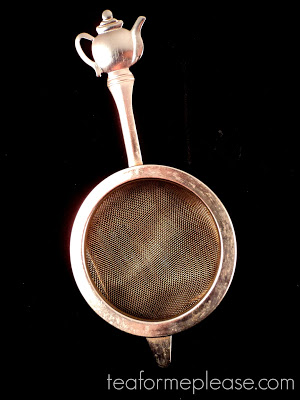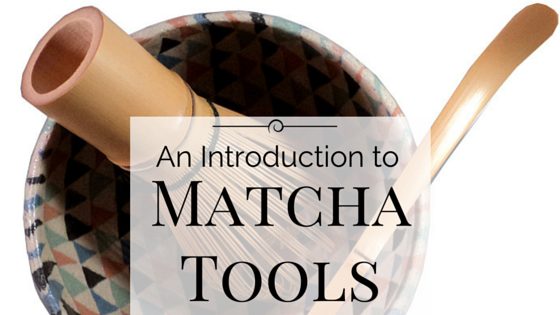Matcha is associated with the formal ceremony of Chanoyu but it can also be used for casual drinking at home. These pieces can range from very simple and basic to one-of-a-kind pieces handcrafted by artisans. When you are first starting out, I recommend starting with inexpensive options and then upgrading as your skill level and interest progresses.
Chawan
First things first, you’ll need something to make your matcha in and to drink it from. Matcha bowls can come in all sorts of shapes, colors

Chashaku
The

Chasen
The most important tool for making matcha is the whisk. Motorized gadgets can be used but the taste and texture will be different than when it is traditionally prepared. Each chasen is handmade from a single piece of bamboo. Isn’t that incredible? They will wear out over time since they are made out of a natural material but keeping them clean and dry will make them last a lot longer.

Making matcha can seem intimidating but all you really need are these three things and water. There are a few other accessories that you may find useful as your interest progresses.
Hishaku
The

Kusenaoshi
The Kusenaoshi is a simple ceramic stand that holds the chasen. It helps to shape the tines, improving the longevity of the chasen over time. My whisks definitely maintain their shape better since I’ve started using one.

Furui
Sifting your matcha before whisking can keep it from becoming clumped and in many ways I feel it improves the taste. You can purchase specially made tins with built in sifters but I use an old fashioned stainless steel mesh tea strainer and it works just fine.

Are there any other tools that you use for matcha? Let me know about them in the comments!
Disclosure: This post may contain affiliate links, which means I may receive a commission if you click a link and purchase something. Clicking these links won’t cost you anything extra but they will help me to keep this site up and running. Thank you for your support!
